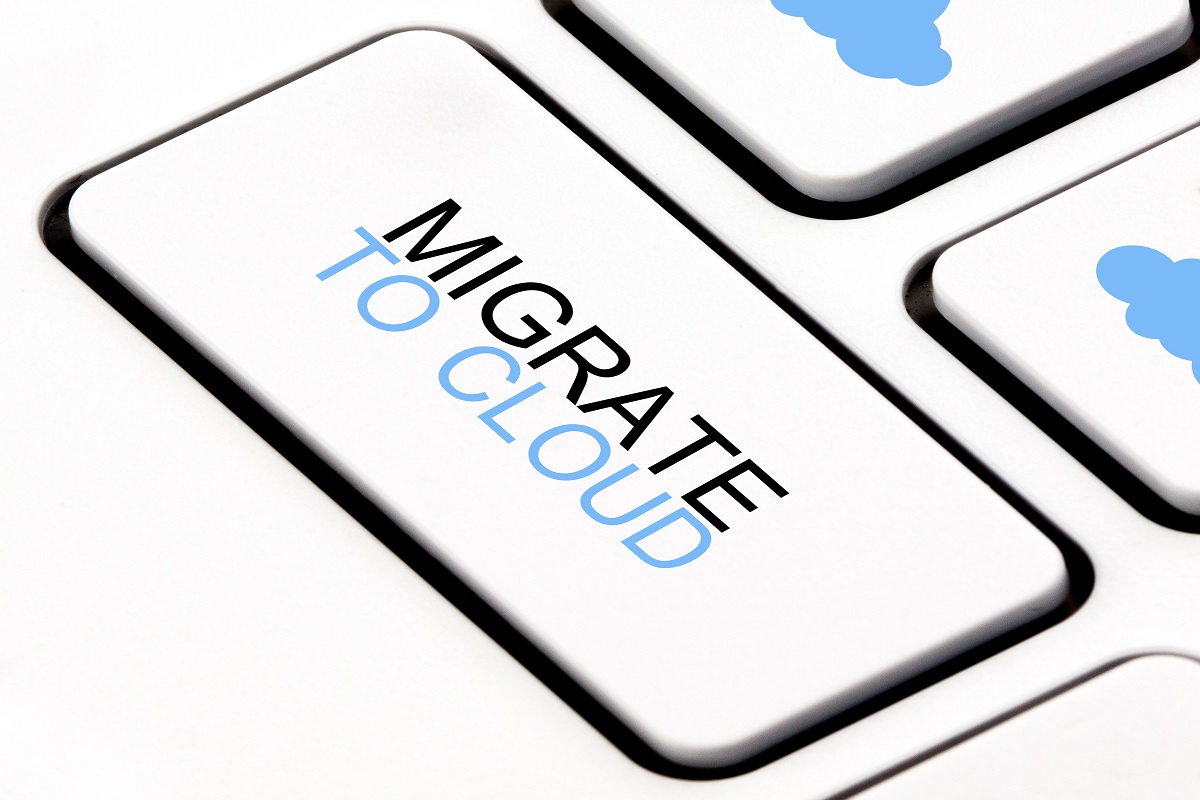
Nov 30, 2016: The onset of cloud computing and Internet of Things (IoT) – the two most disruptive technologies – signify that data centers will have to evolve and brace for the forthcoming digital deluge. As according to IDC, IoT workloads will alone create an immense pressure on data center operators as it is expected that the number of multi-tenant infrastructure capacity used by IoT line of duty will grow above 750% by 2025.
Data centers have been playing a pivotal part of the IT ecosystem for over four decades now and inspite of the advancement in technology for power and cooling, and design and build of the infrastructure, their key needs and basic functions have remained constant. That means it has been solely focusing on traditional vendor management, distributed enterprise structures, high availability, better redundancy and so on. However, these instances have turned old and it would be impractical to still apply such approaches as it won’t fit in this digitally advanced world. Read to know why the traditional IT infrastructures need to go beyond the standard physical server.
Regulate risk factor
While there are millions of connected devices, data center is counted as the main element for supporting all these connections. Generally, IT infrastructures have been aiming more on risk management that involves ensuring availability, avoid data breaches, and downtime issues. Although these components are inevitable, IT operators need to move their focus from the conventional part to more far-reaching techniques for managing the risks.
Managing contemporary technologies differently
Different technologies function differently and thus, IT managers need to embrace distinct approach in the data center. Now, several organizations are using advanced networking elements to better support the evolving requirements. For instance, mobile devices such as smartphones, tablets, etc., will be significantly demanding for effective control of data centers, like enhanced security, software upgrades, and consistent operating environment.
Controlling data center pressure with agility
The requirements change and so does the challenges that come along with the innovation. In order to manage the contemporary modification taking placing in the IT sector, it’s curial that the data center become more agile, while also take care of safety of the present systems and process-driven reliability. It’s essential that the IT infrastructure progress and turn out more responsive that could assist in rapidly meeting the growing requirements.
Introduce hybrid technology
What happens the traditional way is that organizations invest on their data centers that meet their immediate IT needs. However, they’ll soon outsource the requirements and invest on third-party IT companies or cloud service providers if their IT infrastructure turns out to be sluggish in maintaining pace with the evolving scenario or fail to support new techniques. To stay afloat, IT operators need to ensure that their data center is adaptable and receptive to hybrid technologies.
Data centers need to keep progressing
The activities on Internet creates nearly 1,820 TB of new data every minute, which needs to be stored, processed and shared between a growing amount of data center spread across the globe and without data center, there could be no cloud. With such a big amount of data generated, there will be a significant increase in data volume that has to be solely managed by data center operators. Thus, data centers need to be agile and should be able to easily scale up capacity to handle the growing work volumes.
